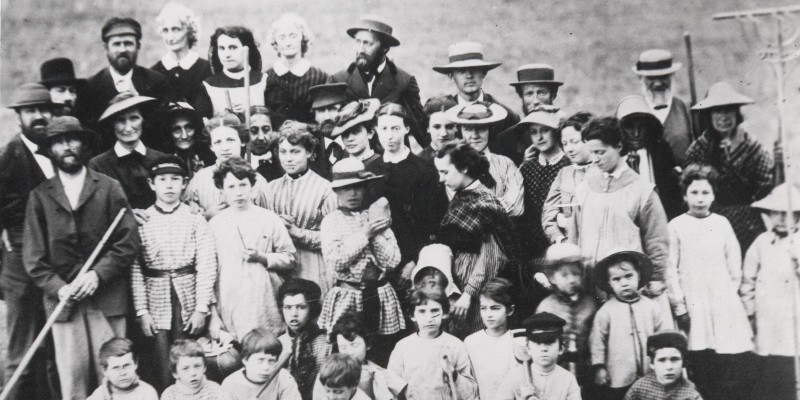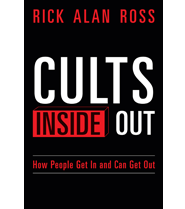The Launch of a 19th Century Sex-Cult in Upstate New York
Published By admin

John Humphrey Noyes, in his youth, was so painfully shy that he could barely endure the company of women. “I could face a battery of cannon with less trepidation,” he wrote in his diary, than “a room full of ladies with whom I was unacquainted.” Born in 1811 on the Vermont frontier, he was the fourth of nine children of John Noyes Sr., a former congressman, and flame-haired Polly Hayes, whose nephew—the feeble, emaciated Rutherford B. Hayes—would grow up to become the nation’s nineteenth president.John Humphrey was a precocious student, and he enrolled in Dartmouth College at fifteen. He went on to study law, but his shyness was so paralyzing that he stammered and stuttered through his first court appearance. Crushingly self-conscious, he felt daunted by life’s uncertainties—until the fall of 1831.
Religious revivals were inflaming New England that year. Farmers, backwoodsmen, and frontier families flocked to these frenzied emotional festivals—wailing, jumping, barking, and speaking in tongues in ecstatic expressions of salvation. John Humphrey had little interest in these displays, but after attending a four-day meeting, he felt transformed. Dedicating himself to God, he left the law and entered the Andover Theological Seminary in Massachusetts. He soon found it too hidebound for his religious zeal, so he transferred to Yale Divinity School. A liberal theologian there, Nathaniel Taylor, urged him to seek his own truth, even “if it carries you over Niagara Falls.” Through study and revelation, Noyes found and announced his truth—that he was a perfect human, incapable of sin. God, he said, gave him special protection. But his fellow students declared him crazy, and Yale nearly expelled him. He was stripped of his license to preach, but Noyes began traveling to promote his gospel. In the winter of 1835, the twenty-three-year-old set out to win converts in Massachusetts. When he arrived in Brimfield with a fellow preacher named Simon Lovett, the free-thinking, religiously inflamed townspeople welcomed them with rare enthusiasm. One young woman, inspired by Noyes’s shining gray eyes and expressive manner, kissed him seductively when he said goodnight. Panicked by her advances, Noyes, still blushingly shy, fled Brimfield that night, telling no one, and trudged sixty miles, through snow and temperatures below zero, to his family’s homestead in Putney, Vermont.
Lovett, meanwhile, remained in Brimfield. One night, two young townswomen—Mary Lincoln and Maria Brown—slipped into that preacher’s bed to test the power of their faith. They aimed to prove their religious zeal by showing that the spirit could always win out over physical passion. Predictably, however, Noyes later recounted, “flesh triumphed over spirit.” The sexual scandal that resulted—infamously known as the “Brimfield Bundling”—was so explosive that Mary Lincoln fled to a mountainside, stripped off her clothes, and pleaded with God not to set Brimfield afire. The whole sordid episode was blamed on Noyes, although he had no part in it, having fled the town.
Content retrieved from: https://crimereads.com/upstate-new-york-sex-cult/.






